Lake Illawarra is one of the most spectacular features of our coastline.
It has something for everyone, from parks and paths along the foreshore to water-based activities like boating, fishing and sailing. It is also home to a range of habitats and ecosystems that support many different types of plants, animals, birds and fish.
A healthy environment in and around the lake leads to better water quality which in turn improves the scenery and recreational opportunities it offers.
With spring finally here, and in celebration of September as Biodiversity Month, here are five fabulous and functional (or useful) fauna of Lake Illawarra.
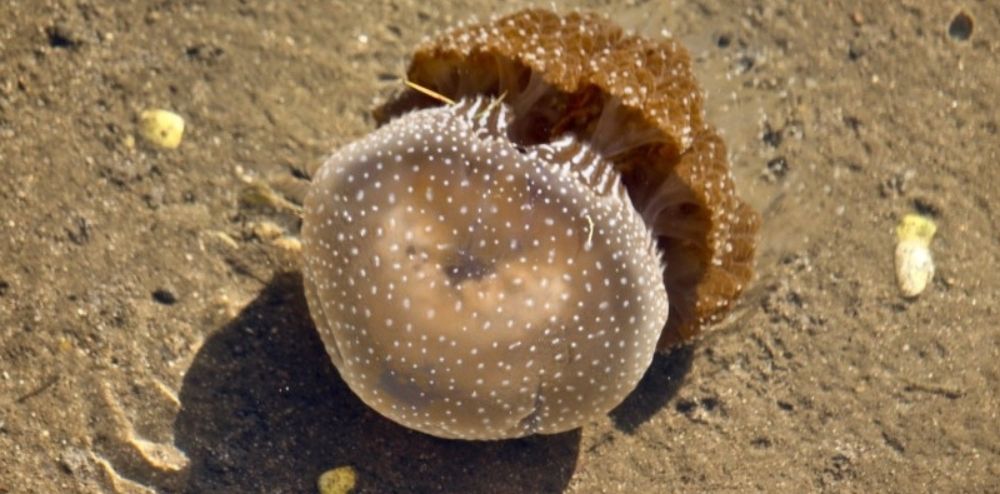
1. Brown-spotted jellyfish, Phyllorhiza punctata
Image: Ross Mannell – NatureMapr
Like other cnidarians (corals and anemones) these jellyfish have symbiotic organisms called zooxanthellae that live in their tissues and give them their red colour. These zooxanthellae photosynthesise and the by-products of this process are used by the jellyfish to meet its energy needs.
Brown-spotted and other jellyfish feed on zooplankton and have an important role in maintaining balance in the lake's food web.
They also provide a "nursery" habitat for species of juvenile fish where their tentacles and provide protection from predators. Scientists don't know exactly how the juvenile fish can swim among the tentacles and avoid the sting. It could be their agile swimming skills that allow them to dodge the tentacles or that baby fish are resistant to the toxins because of a protective coating on the skin.
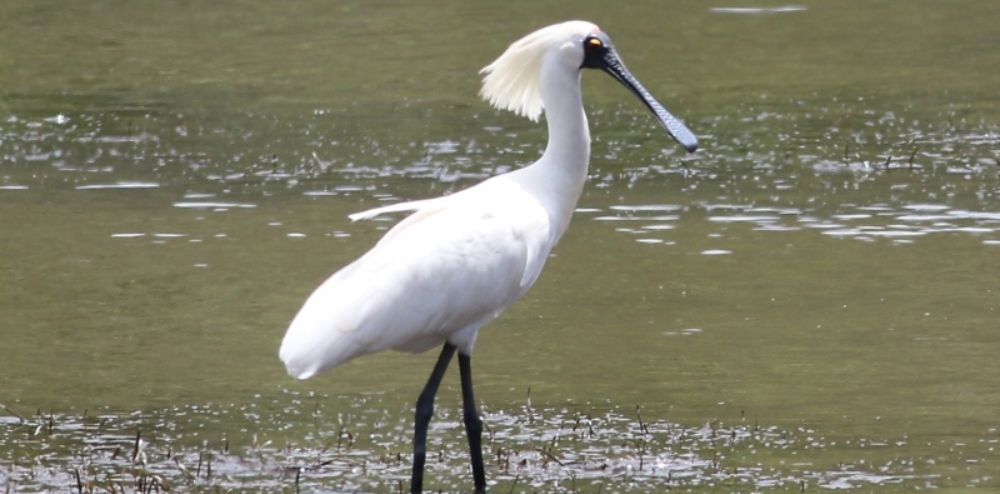
2. Royal Spoonbill, Platalea regia
Image: Kelly Waldon – NatureMapr
The royal spoonbill is also known as the black-billed spoonbill. It is found in intertidal flats and shallows of fresh and saltwater wetlands throughout New Zealand, Indonesia, Papua New Guinea, and the Solomon Islands, Australia, and our very own Lake Illawarra.
Spoonbills have a distinctive bill and live in the shallow areas of the lake. They move their bill from side to side as they walk along looking for small fish, crustaceans, insects, and freshwater snails. Their bill, with vibration detectors called "papillae", allows them to feed in murky water. As the Spoonbill sweeps its open bill through the water, the papillae sense movement, causing the bill to snap shut.
Spoonbills support the life cycles of plants and animals in the lake by dispersing seeds and larvae that become stuck to their feathers when feeding.
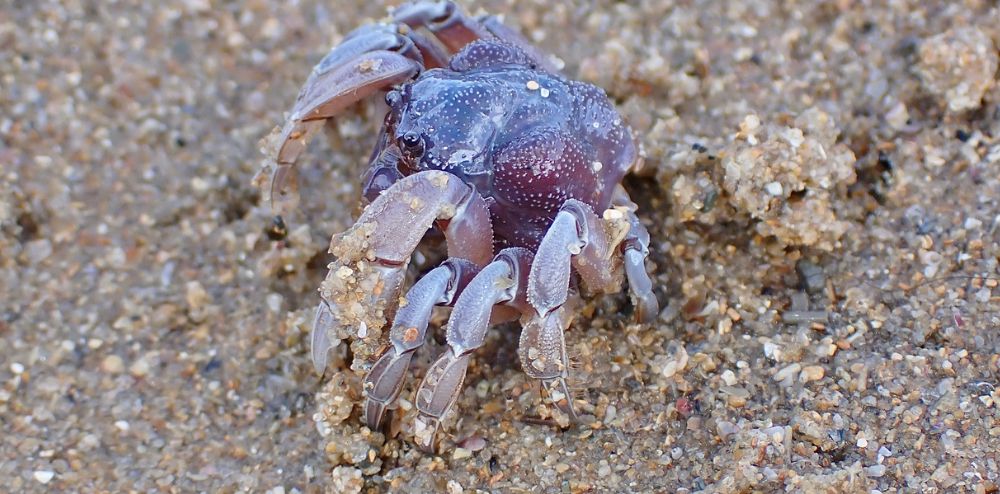
3. Soldier crabs, Mictyris longicarpus
Image: John Eichler – Atlas of Living Australia
Soldier crabs live in intertidal sand flat habitats and have the notable habit of swarming in large "armies" on the tidal flat at low tide. Unlike other crabs that walk sideways, these armies can march forward.
Soldier crabs play an important role as "bioturbators" which means their feeding and burrowing behaviours keep the sandflats healthy and enable other species to also live there.
As they march around feeding, they sort through the sand for organic matter and detritus – cleaning up decaying leaf matter and vegetation. If disturbed, they burrow into the sand with a corkscrew motion, which delivers oxygen to the sediment in the lower layers.
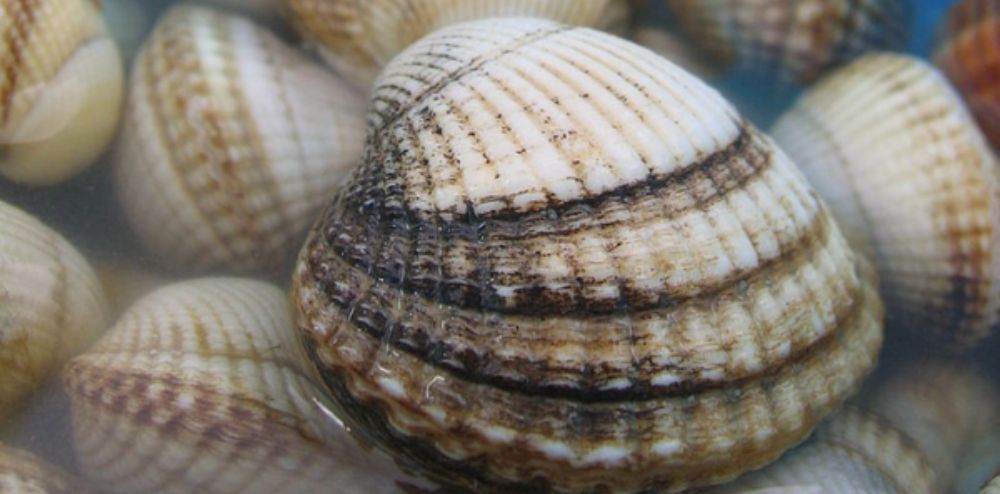
4. Cockles, Cardiidae
Image: i98FM
As well as being good to eat*, cockles provide other important ecosystem services and help keep the lake healthy. They are filter feeders, which means they use their gills to trap food particles in the surrounding water. In doing so they suck up and remove the nutrients like nitrogen and phosphorous that can cause algal blooms. You could say they are the "kidneys" of the waterway.
* We'd prefer if you didn't. Bag limits apply and are enforced. Cockles help to protect and stabilise the sediments and remove and capture carbon from the environment.
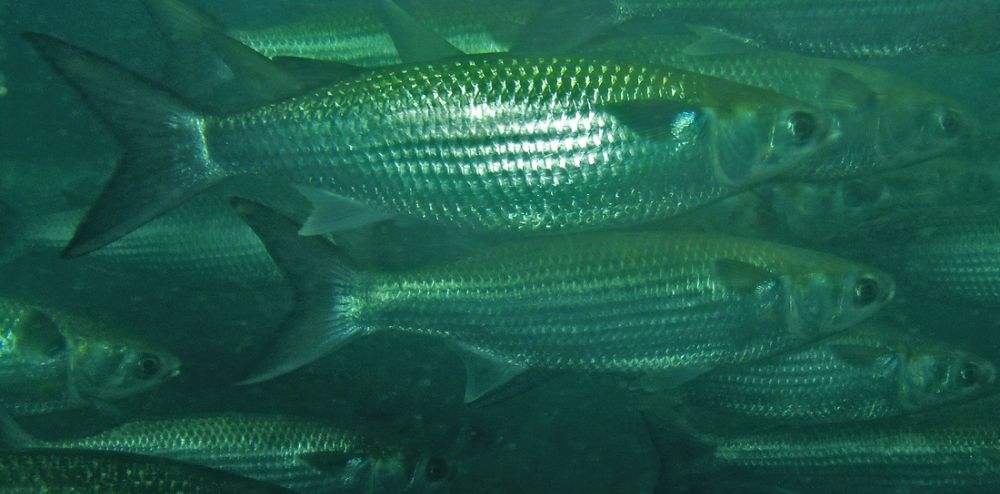
5. Flat head mullet, Mugil cephalus
Image: Reeflifesurvey
Around 70% of coastal fish use estuaries, like our lake, in some part of their lifecycle.
Mullets for instance, move long distances along the coast to offshore waters where they breed in large numbers. Juveniles return to the estuaries to shelter in the seagrass, often forming schools and graze on the small plants that grow attached to seagrasses. This helps to keep these important plants healthy and photosynthesising.
Though mullet can produce hundreds of thousands of offspring during a spawning run, less than one in one thousand newly hatched larvae will survive to enter shallows areas two to three months later. Of those, less than one in one hundred juveniles survives the three to four years that it takes to grow into a mature adult.
Sources and further reading:
- More about Lake Illawarra
- The Soldier Crab - Whats That Fish!
- The ecology of Scyphozoan jellyfish in Lake Illawara
- Baby Fish and Jellyfish: A power couple meets the end
- Changes in the waterbird community of the Lake Illawarra estuary: 20 years of research
- Shane Griffiths: Chance in fish communities
Want more Council news?
Visit our News page to find out what's happening in your community, or sign up for e-news.






